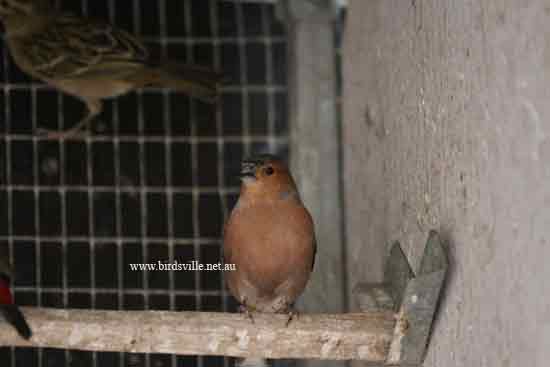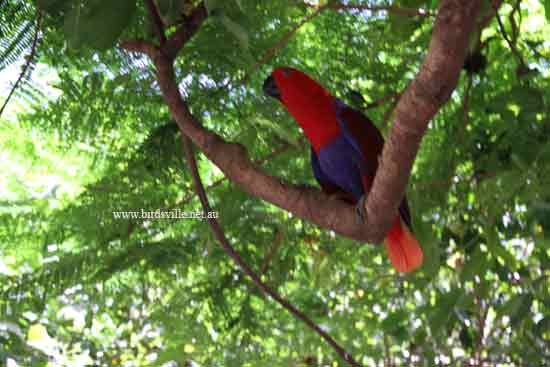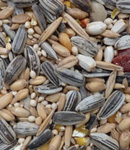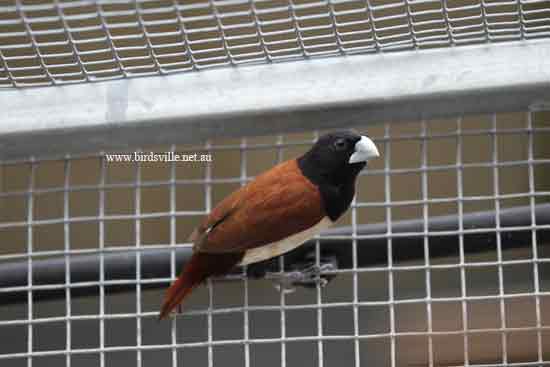This page will be a gold mine of old and new knowledge of how to supply sprouted seed, popular DIY bird treats from home, tips on getting fussy eaters to try new things even worming syrup sweeteners.
How to sprout seeds for your birds
Firstly acquire high grade seed, This can be confusing as every online and chain store claim to have good quality seed. The trick is ask a bird specialist, needless to say our Birdsville seed is the best. We wouldn’t stock an inferior product that’s why people travel to us.
Find a container, the size simply depends on how much sprouted seed you want to use. After rinsing the seed place in a container and fill with water approximately 2 cms above the level of the seed.
Add Multi -lens or avi-clens, into the container with seed and water and mix around to help stop fungal growth which is dangerous for birds. The small amount has directions on the bottle.
Leave it for 5 to 25 hours, this time will depend on the size of the grain being used and the temperature outside. Larger grains and colder temperatures require more time and smaller grains and warmer temperatures require less time
Air dry in a sieve by removing the seed from the container and rinse thoroughly. Leave on mesh tray or large seive spreading the seed to dry.
Rinse seed every 24 hours and even more regularly for hotter climates over the next 2 to 3 days. This will prevent it from drying out completely as it germinates.
Once Germinated you can feed it fresh place the sprouted seed in the refrigerator. You can tell the seed is ready by cracked seeds or roots starting to grow.
Why sprouting seed is so healthy
The health risks of sprouting seed
There is a risk of fungal candida infection during feeding any bird sprouted seed mix even when done correctly. Sprouting mix made incorrectly greatly increases the risk of this potentially deadly fungal infection please see the link Candida fungal infections The benefits of feeding sprouted seed to your birds far outweigh the risks.



